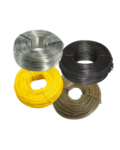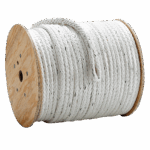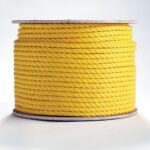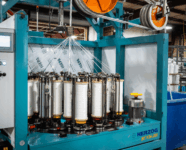Natural vs. Synthetic Rope: Choosing the Right Material for the Job
Every project depends on tools that work as hard as the people who use them. Whether it’s a pulling line running through conduit, a hand line on a utility truck, or a lifting rope supporting critical equipment, performance is everything.
The rope itself doesn’t just move loads. It supports productivity, consistency, and confidence in the field. And as construction, industrial, and utility operations evolve, so do the materials that keep those operations running smoothly.
At Erin Rope, we’ve seen that getting material selection right from the start can improve more than on-the-job performance. It can reduce replacement cycles, lower maintenance costs, and simplify procurement over time. Here’s what to consider when choosing between natural and synthetic rope.
Understanding the Core Difference: Natural vs. Synthetic
Natural fiber ropes (manila, sisal, cotton) are made from plant-based materials. They’ve been relied on for centuries for their grip, strength, and texture. However, their base properties are inherently subject to natural variation. In particular, natural ropes are more vulnerable to moisture absorption, rot, mildew, UV exposure, and strength loss under damp conditions.
By contrast, synthetic ropes (nylon, polyester, polypropylene, high-modulus blends) are manufactured from engineered polymers with controlled specifications, giving more predictable strength, elongation, and environmental stability.
For example, synthetic ropes generally maintain strength when wet, whereas natural fibers can absorb water and lose integrity.
In strength-to-weight terms, synthetic ropes typically outperform natural ropes of the same diameter. Some trade literature notes that synthetic ropes may be ~20% stronger (for the same cross-section) than natural ropes of comparable size.
When Natural Fiber Rope Makes Sense (and Why)
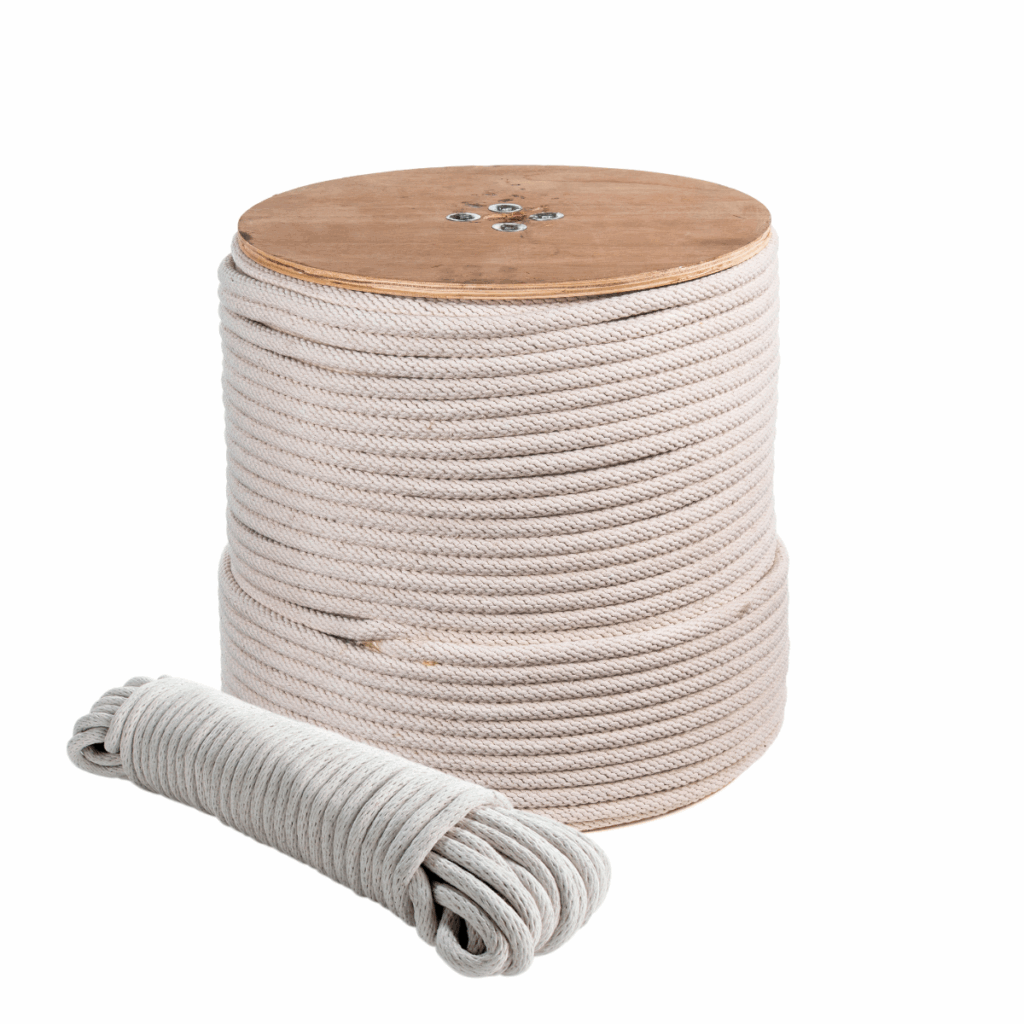
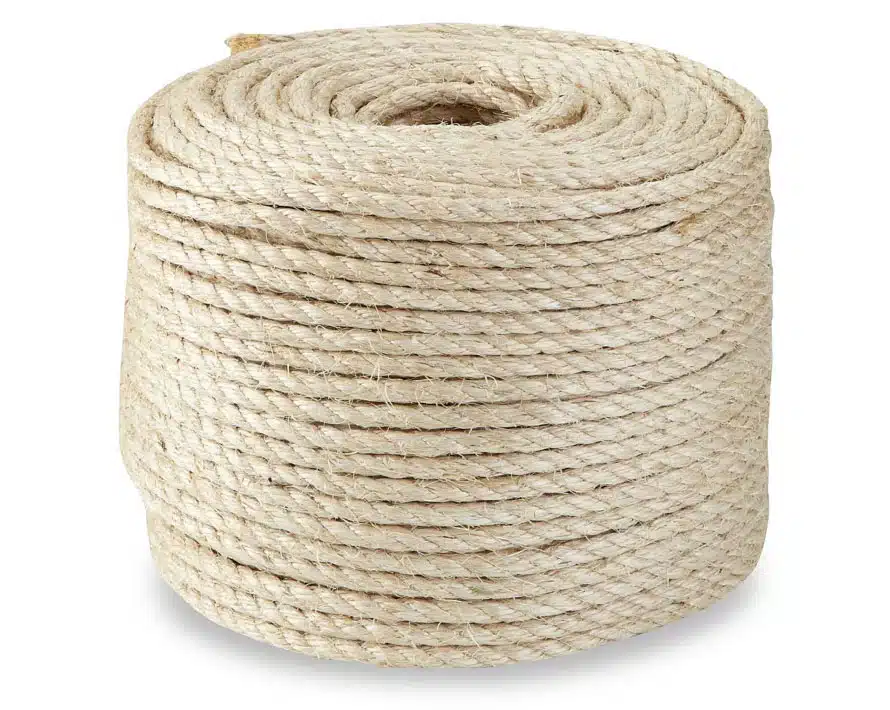
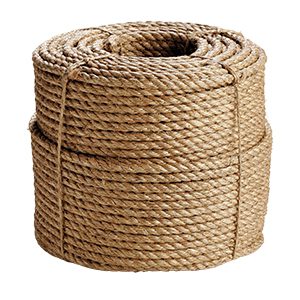
Natural fiber ropes retain value in contexts where their unique characteristics align with the job’s tolerances and expectations.
Advantages include:
- Good grip, knot holding, and tactile feedback in manual handling or hand-line applications
- Aesthetic or traditional look (in architecture, décor, stage settings)
- Biodegradability (in non-critical uses) and renewability in material sourcing
- Moderate elongation that can soften shock in specific applications
Limitations to be aware of:
- Water absorption, swelling/shrinkage cycles, and strength loss when wet
- Accelerated degradation under UV or harsh outdoor exposure
- More variation in fiber quality (less uniformity) than synthetic equivalents
- Shorter service life in demanding environments
Appropriate use cases:
- Temporary tie-lines, visual barrier ropes, safety perimeters, or decorative installations
- Indoor or covered applications, or settings with limited weather stress
- Low-load, low-frequency usage where replacement and inspection are manageable
Natural fiber remains a cost-effective, familiar option for many applications, but it’s rarely the first choice when performance, durability, or environmental stress are key factors.
Why Synthetic Rope Sets the Standard in Modern Industry
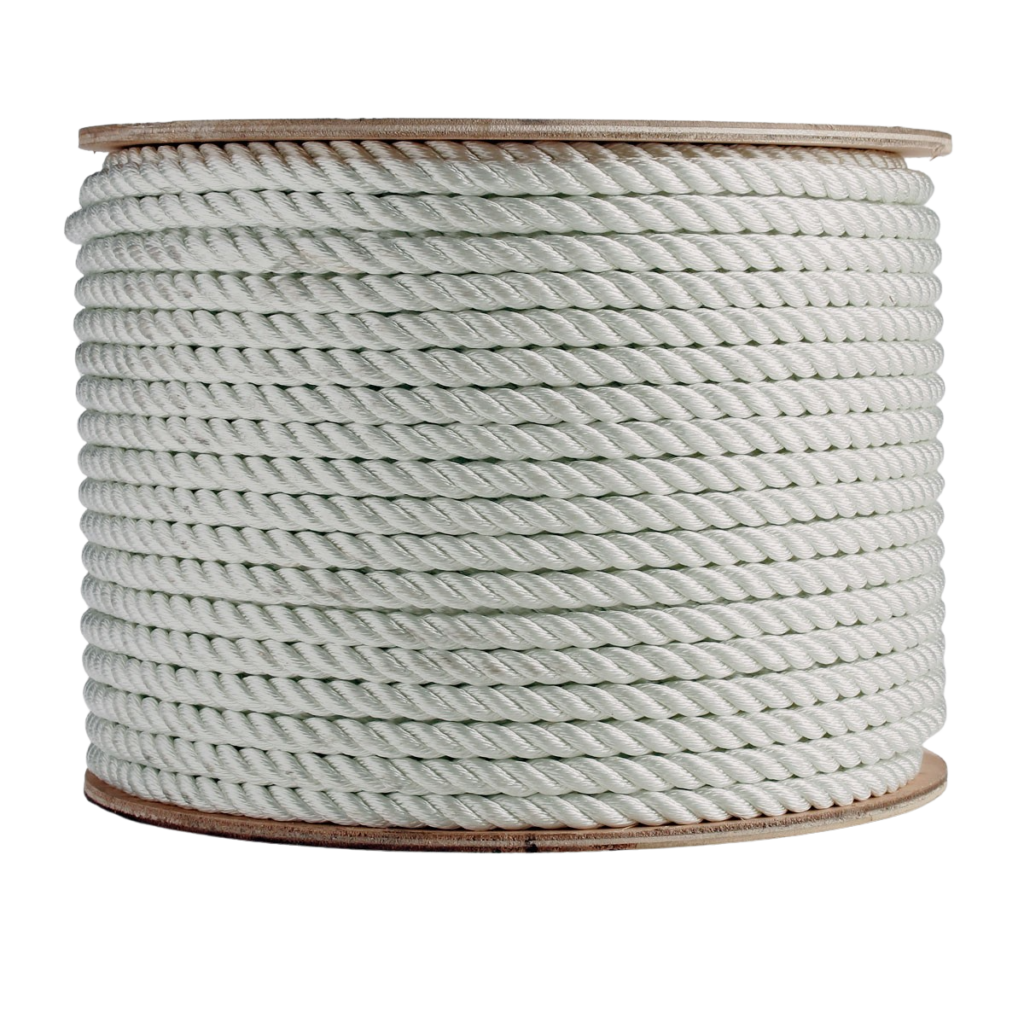
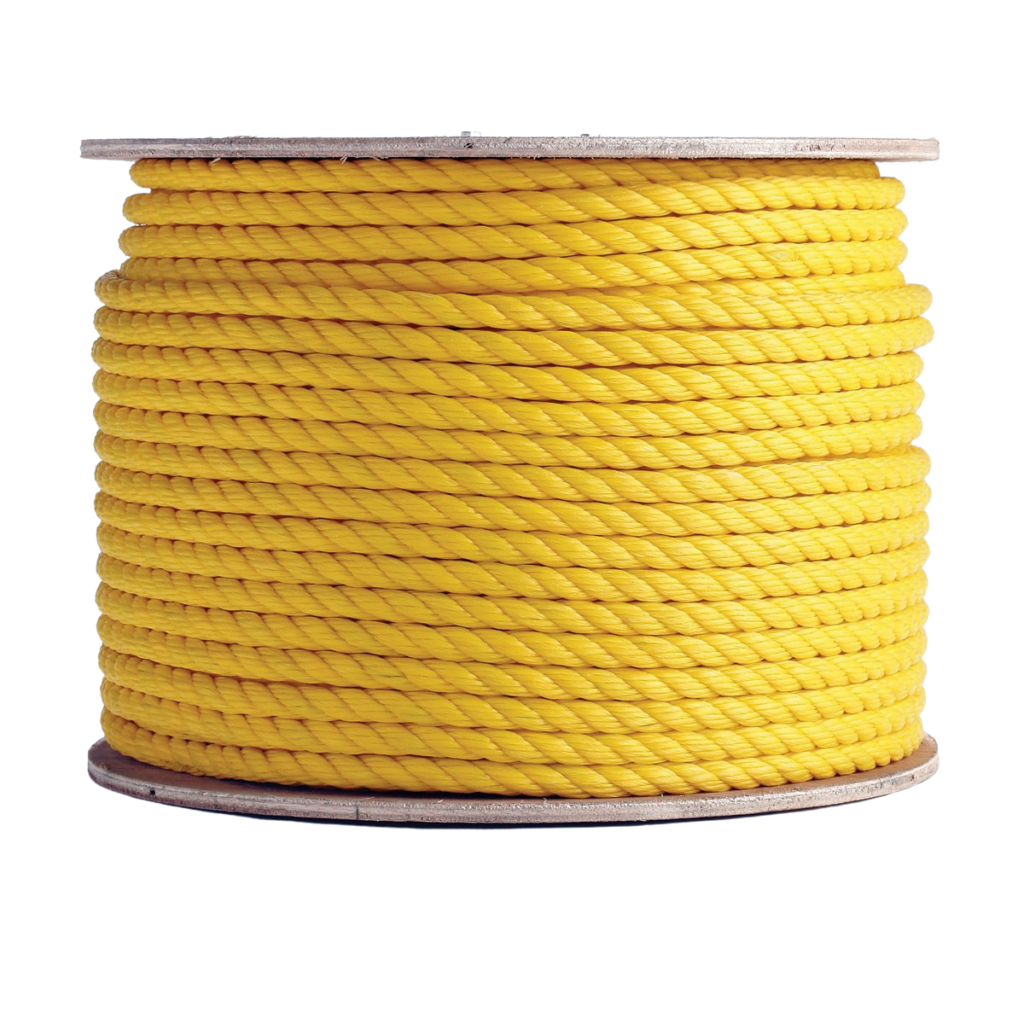
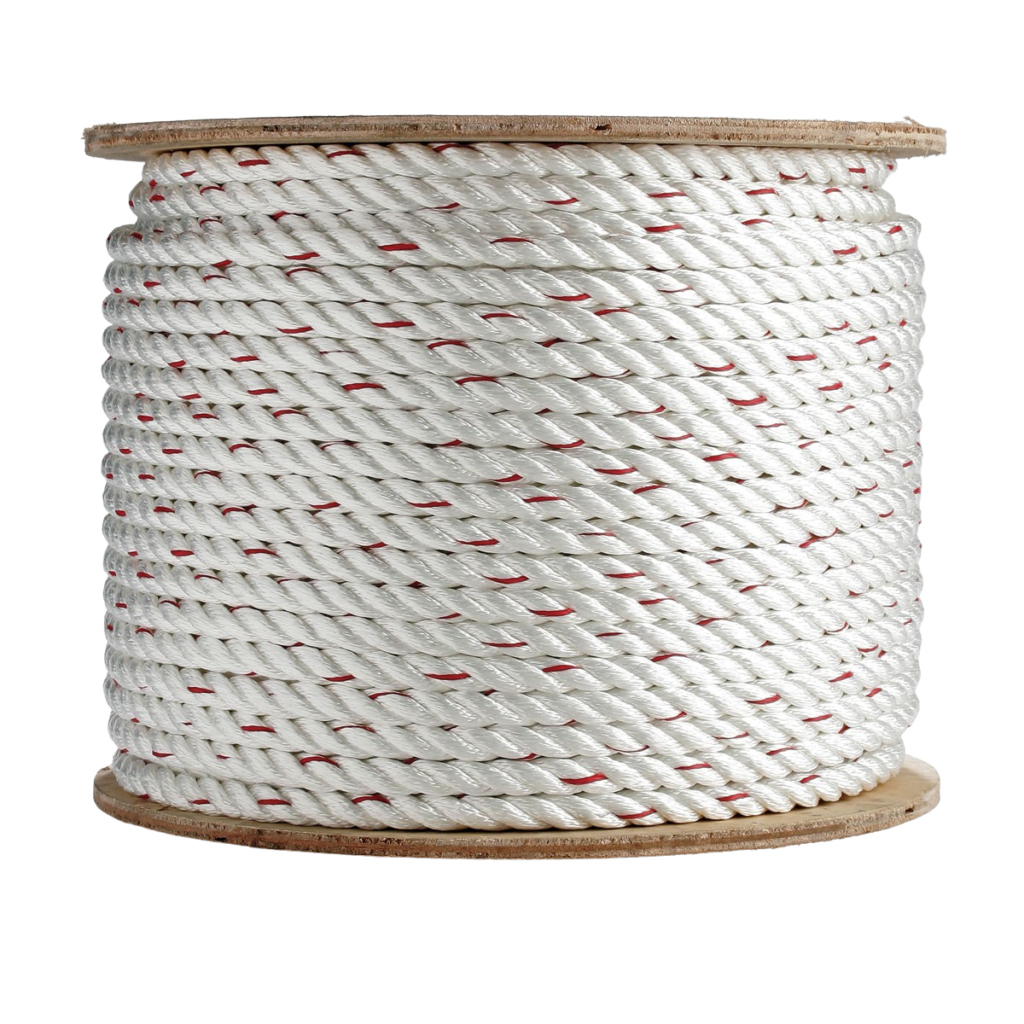
In load-critical, outdoor, or repeat-use environments, synthetic rope offers advantages that often outweigh the higher upfront cost.
Core performance benefits:
- Higher strength-to-weight ratios
- Resistance to rot, mildew, UV degradation, and environmental exposure
- Better retention of strength in wet conditions
- Controlled elongation options include low-stretch fibers for precision (e.g., polyester) and more elastic fibers for shock absorption (e.g., nylon).
These properties translate into fewer surprises in the field, longer service intervals, and more predictable performance under load.
Use cases for synthetic rope:
- Lifting, rigging, and hoisting in construction and industrial settings
- Telecommunications and utility pulling lines (conduit, aerial work)
- Marine, outdoor, and corrosive environments
- Maintenance, MRO, and inventory-intensive operations
In many markets, synthetic rope demand is growing fast. The global synthetic rope market was valued at about USD 2.22 billion in 2024, and is projected to grow at about 6.7 % CAGR through 2029. [Source]
Hybrids & Engineered Constructions: Customizing for Performance
Between pure natural and pure synthetic ropes lies a middle ground of engineered and hybrid designs—combinations of fibers, jackets, and core constructions that let specifiers tune performance across strength, abrasion, stretch, and handling behavior.
Examples:
- Twisted Manila/Polypropylene Rope
- Erin Rope’s 3-Strand Twisted Tan/Manila Polypropylene Rope blends the classic look of manila with modern performance: it uses film polypropylene fibers, is UV-stabilized, resists moisture and rot, and offers lighter weight at lower cost compared to natural manila.
- Poly-Dacron (Combo) Constructions
- Erin Rope’s 3-Strand Poly-Dacron Combination Rope pairs a high-tenacity polyester cover with a lightweight polyolefin core, creating a durable, low-stretch line that resists rot, mildew, and UV exposure. It delivers excellent handling and long service life for various applications.
These hybrid strategies allow specification flexibility. Rather than forcing a “natural vs. synthetic” trade-off, specifiers and buyers can marry the strengths of both, tuning for just the right balance of strength, stretch, durability, and handling.
Aligning Rope Selection with Operational Efficiency
Choosing the right rope isn’t just about tensile strength or durability. It’s about how each product supports productivity, safety, and long-term value. When a line performs as expected, it reduces downtime, prevents unnecessary replacements, and helps crews focus on the work instead of the tools.
By understanding how each rope behaves—whether it’s the classic handling of manila, the controlled performance of synthetic fibers, or the engineered balance of a hybrid design—buyers can make informed choices that keep operations efficient and predictable.
Erin Rope: A Trusted Partner in Rope and Cordage Solutions
For nearly 20 years, Erin Rope Corporation has manufactured and supplied high-quality rope and cordage products to industries where performance and consistency matter most. From traditional manila and 3-strand polypropylene to advanced poly-dacron combinations, composite pulling rope, and stainless-steel aircraft cable, every product we ship reflects our commitment to quality, reliability, and service.
Our domestic manufacturing capabilities allow us to control quality, reduce lead times, and maintain the large in-stock inventory our customers count on. Whether it’s a single coil or a recurring bulk order, our focus remains the same: providing rope solutions that help customers work safely, efficiently, and with confidence.

